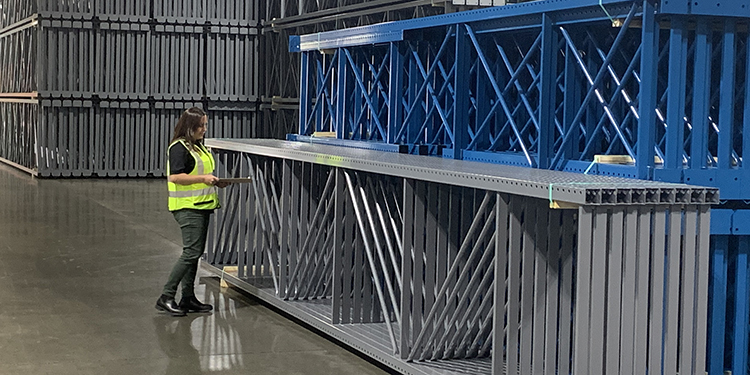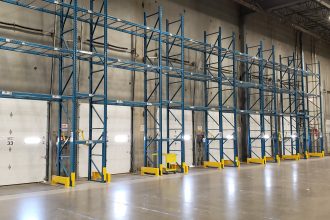Relocating Pallet Rack To A New Facility? Read This First, Part 2
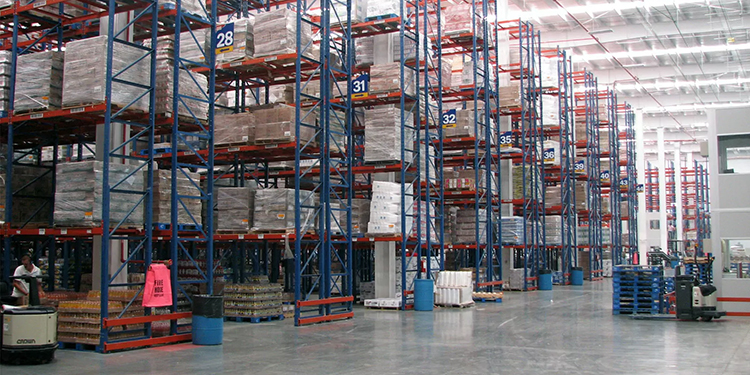
The previous post outlined three key areas a rack owner should consider prior to moving a storage rack system from one building to another. These include building codes, seismic activity, and fire suppression. There are, however, several other considerations to evaluate prior to relocating pallet rack to a new facility.
Carlos Oliver, President of Frazier Industrial Company — a member of the Rack Manufacturers Institute (RMI) — noted four additional areas.
“In addition to meeting the requirements of the new facility’s jurisdiction, there are other engineering, condition, and tactical considerations,” he explained. “All of these items should be assessed or planned for prior to relocating the pallet rack to ensure the safety of the system.”
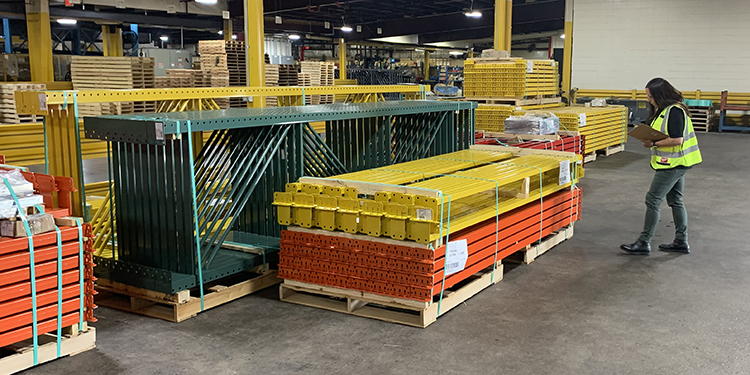
Slab Capacity at Destination Location
Although concrete slab floors may look the same, they aren’t. Before relocating pallet rack from one facility to another, it’s essential to determine the maximum load the slab can safely support. When building a new facility, the floor will be designed for the planned loads. However, in an existing facility, the floor may not have been engineered to handle the effects of the concentrated point loads associated with a storage rack system.
“Documentation about the building and its floor should be available from the owner of the facility,” Oliver noted. “It should also be on file at the local municipality. Calculations detailing the floor’s maximum load capacity should be in these documents.”
If it is not possible to obtain the calculations, or to verify the information, an engineering firm can be engaged to perform a floor slab load test. Conducted with the permission of the building’s owner, this test verifies the floor’s actual design load, he explained.
Based on the slab details, the original rack manufacturer can determine if the existing configuration is permissible in the new building. If not, it may be possible to use the original rack components, but in a different configuration. For example, with fewer storage levels employed.
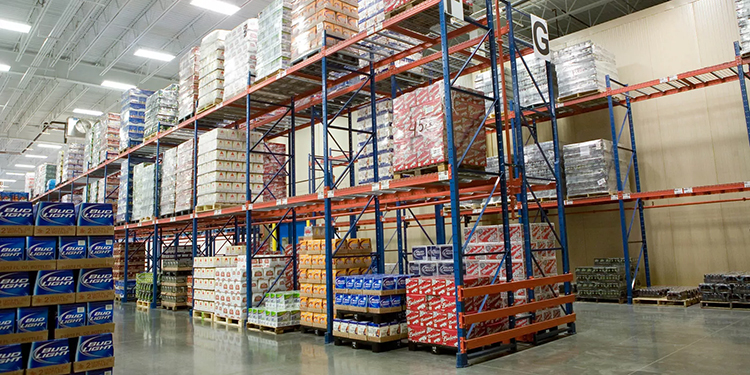
Changes in Stored Inventory
Often, when an operation relocates from one location to another, the type of pallet load, product, or process also changes, Oliver observed.
“Perhaps they previously stored 50-inch-high pallets in the rack, but in the new building they plan to store 70-inch-high pallet loads,” he said. “The rack configuration options may or may not accommodate that change.”
Details about permissible, safe rack configuration alternatives are in the system’s LARC drawings. Oliver advised consulting those (and the rack’s manufacturer) before dismantling, moving, and installing the rack in the new location.
Further, any modifications made to the system — such as aisle widths, storage bay openings, or beam elevations, for example — may impact the type of lift truck used to load and unload the rack.
“Be sure the lift truck’s capacity, maximum lift height, clearance requirements, and more are compatible with the new rack configuration,” he added.
Existing or Potential Damage
Before moving the rack, inspect the beams and columns for damage. Depending on the severity of the damage, some components may need replacement. Others may be candidates for repair with a rack repair kit.
Most rack collapses occur from damaged racking from lift trucks. Is it important to carefully audit the racking to be moved in order to fix or eliminate damaged components. This audit should be conducted by the manufacturer or an experienced engineering consultant.
It’s also important to document the condition of the components before relocating the pallet rack. There is potential for damage during the disassembly, banding, loading, transport, and unloading of the system, said Oliver.
“Be sure to hire professional rack system installers to assemble the system in the new location,” he added. “Using someone with experience will ensure a safe installation.”
Used Racking Systems
For operations considering purchasing a used racking system instead of relocating pallet rack that they already own, Oliver advised caution.
“Although attractive in price, resellers often cobble together multiple rack components from different manufacturers to create a system. Although these systems often come with sealed engineering calculations, that is not adequate to ensure safety,” he said.
Often the engineer sealing the drawings does not visit the site of the rack to evaluate the condition of the racks, continued Oliver. “Instead, they simply review a loading diagram to determine that the racking components can support the planned load weight.”
Temporary Storage of Rack Contents
One final consideration prior to relocating pallet rack, said Oliver, is where to store its contents during the move.
“It’s usually more cost effective to move an existing rack from one location to another than to buy all new racking,” he explained. “But the deciding factor is often what to do with the items currently in the system. Especially these days, as available real estate is extremely hard to find. Be sure to have a temporary storage plan for inventory before deciding to relocate the system.”
Need More Help?
It should be apparent by now that relocating pallet rack isn’t as simple as it may appear, continued Oliver. Fortunately, there’s help available.
“There are firms that specialize in the safe and proper relocation of racking,” he said. “A rack owner can contact the original rack manufacturer, the distributor that sold them the rack system originally, or another RMI member for more guidance.”
Thinking of relocating your current pallet rack to a new location? For more information about how to do it safely, visit RMI’s website.

